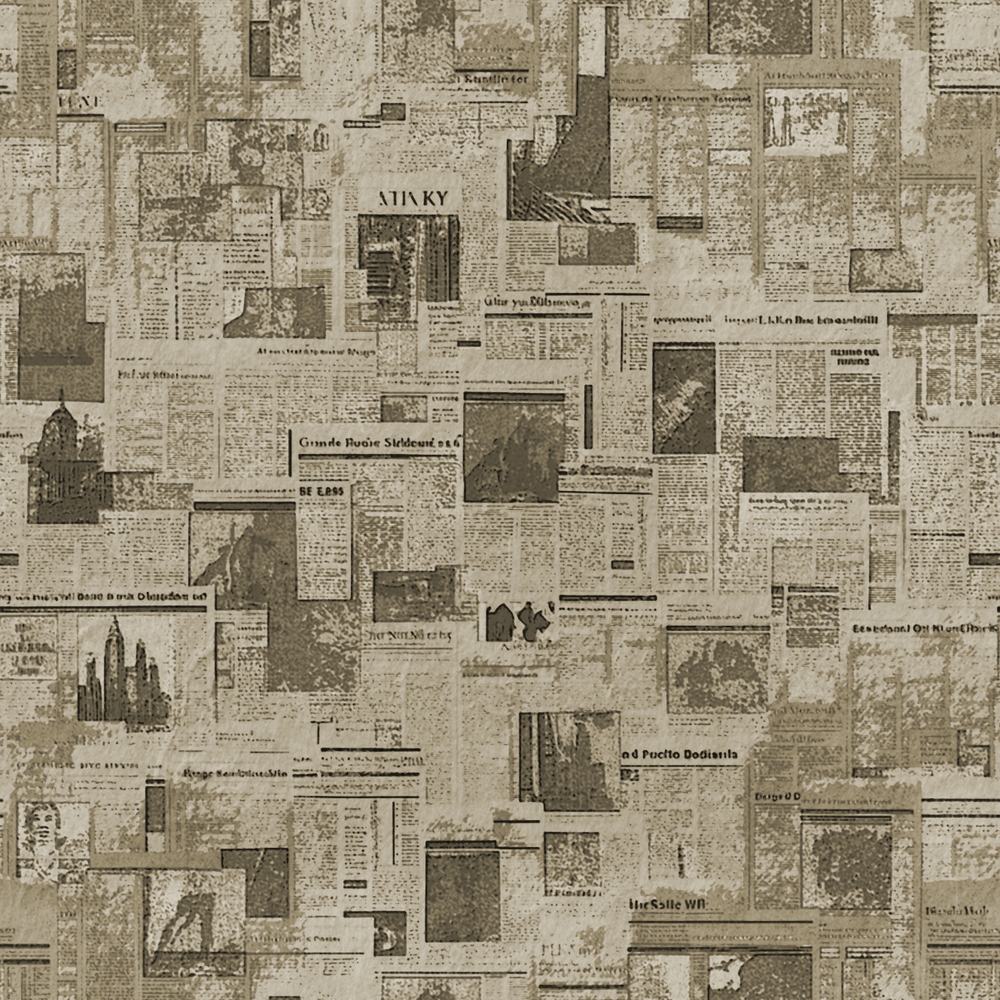G-d orchestrated the Jewish exodus from Egypt with a spectacular show of nature-bending miracles. Why did He have to do this? Think of the alternate possibilities. G-d could have made a flu epidemic break out and the Jews would have sneaked out the back door while all the Egyptians were lying sick in bed. Or Rabbi Moshe (Hebrew for Martin Luther) King could have led a political revolt and demanded freedom for the downtrodden Jews. I mean, there’s no nation in the world that has been in slavery for 3,000 years and G-d’s never seen the need to produce miraculous events for anyone else.
The Ramban (Nachmanides, 1194-1270) 13:16 discusses why so many of the mitzvos (commandments) serve to remind us of the Exodus from Egypt. He cites verses 8:18, “So you shall know that I am Hashem in the midst of the land,” and 9:29, “So you shall know that the world belongs to Hashem,” explaining that the purpose of the miracles was to show that there is an omnipotent G-d who created the world and He continues to control everything that goes on. When Hashem comes and turns the Nile River to blood, covers the land with frogs, turns the dirt to lice and so on, we see clearly that there is a Supreme Power controlling world events. So each time we do a commandment in remembrance of the Exodus, we remember these basic tenets of faith: one, that there is a G-d who controls the world and two, that He continues to control everything that happens here. With this understanding, we can answer our original question, why we needed the miracles to begin with. The purpose of the Exodus experience was not merely to take us out of Egypt but to teach us these tenets of our faith.
The Ramban continues with an extremely profound statement. “From the open miracles one comes to recognize the hidden miracles, and this is the basis of the entire Torah.” What does this mean? Which hidden miracles are the Ramban referring to and how do we see them through the open miracles? And why is this the basis for the Torah?
The Chovos Halevavos (Duties of the Heart by Rabbeinu Bachya ibn Pekuda) in the Shaar Habechina (Gate of Reflection) expounds on one’s obligation to think about nature and to see the goodness of G-d in the works of nature. To give one example: How does an apple grow? On an apple tree, of course. But how did the apple tree grow? A tiny seed is thrust into the ground and it rots. And the rotting seed takes nutrients and water from the surrounding soil and grows into a tree. I’d like to see you take dirt, water and sunshine and build some wood. Pretty amazing, no? The tree then takes these same ingredients it is made out of and creates apples. I’d like to see you create something edible out of dirt, water and sunshine. (Mississippi mud pies excluded.) And when you think about it, every fruit and veggie comes from these three things, and yet they are all completely different in smell, taste and texture. I’d like to see you make a chocolate and a vanilla cake using the exact same ingredients. (Hint: it’s impossible. If you do the same action twice, you’ll get an identical result.) But the plants and trees do it, so we are clearly witnessing an open miracle! But we don’t realize it because we don’t ever think about it because it’s always happening.
Think about the generation that entered the Land of Israel after wandering in the desert for forty years, living with manna falling from heaven and water gushing out of rocks. The first time they saw a tree grow and produce fruit, they were surely flabbergasted that such a miracle were possible.
Says the Ramban, the purpose of open miracles is to get us to think about what is going on. How does this happen? The Nile River turns to blood, which makes us think about and appreciate water. What is water made out of? Two gasses, hydrogen and oxygen. Somehow these two gasses turn into a liquid which is needed for all of us to survive.
One of the plagues was darkness. What makes the world light? The sun. The sun is in the perfect position to keep the universe at a habitable temperature. A little closer and we’d all be fried. A little further and we would freeze. The sun’s rays give us vitamin D, give plants nutrients to grow and so on.
This is what the Ramban means when he says that from the open miracles we come to recognize the hidden miracles- i.e., the wonders of nature. And this is what the Chovos Halevavos means when he says we must contemplate the workings of nature to see the goodness of Hashem to us, that He designed a world that is pleasant for us to live in. The more you study each aspect of “nature”- how the body works, our ecosystem, etc.- the more we see how good Hashem is to us.
And perhaps this is what the Ramban means when he says, “this is the basis of the Torah.” That is, to recognize that Hashem created the world to be good to mankind. And once you understand that, then we perceive the Torah in a different light. The Torah is not a list of dos and don’ts and G-d trying to trip us up. The Torah is teaching us how to utilize the world in the best way possible, how to maximize our experience here by coming close to and developing a relationship with Hashem and by earning a share in the World to Come. The basis of the Torah and the service of Hashem is to understand that we are the ones benefiting from it. G-d is not telling us what to do because He is a control freak or evil dictator. He’s just looking out for our best interest.
By Shmuel Dovid Kirwan



Richard Michael (Yitzchok)
says:BS”D
Your article is very interesting, educational and inspirational. Have you read Rabbi Avigdor Miller’s “Rejoice O’ Youth”? That book contains the same ideas you have presented regarding the miracles within nature. According to Rabbi Miller (OBM), for example, an apple seed is a computer chip containing instructions on how to build an apple tree from soil, water and sunshine. If these were translated into English, these instructions would take up to ten thousand heavy volumes containing technical engineering language and very complex diagrams! Yet, all this is contained within that tiny computer chip, the apple seed. It must be that the goal of Torah education is to teach us gratitude, appreciation for our blessings, and never to take anything for granted, ever!
Rich Michael (Yitzchok), New Haven, Ct.
Margaret Wilson
says:I found this very interesting. I deal closely with many African Americans who seem to think that their oppression is more severe than
that of any other culture or race (tribe). I know it is true because I see the oppression/prejudice against Jews everyday–in some countries worse than others. The United States is better than most but it exists here too. It’s just more subtle. Sometimes I think the open is easier to deal with.